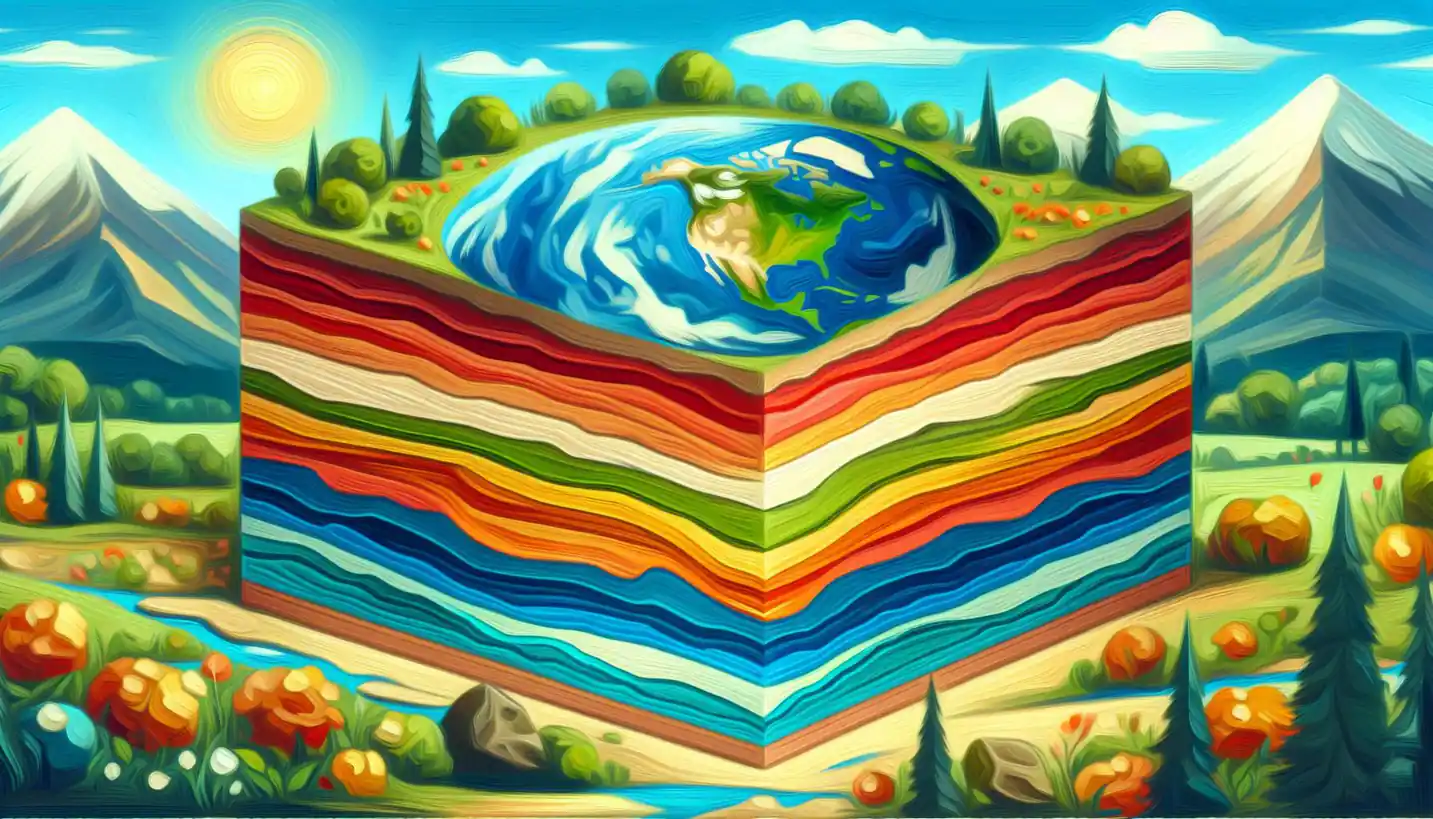· Geography · 4 min read
Seamount Wonders: Exploring the Underwater Mountains of the Ocean
Seamounts rise from ocean floors, serving as biodiversity hotspots. Journey into these underwater mountains to uncover their ecological significance.

Seamounts are like the hidden giants of the ocean world. Nestled beneath the vast expanse of water, these underwater mountains rise from the sea floor but don’t quite reach the surface. Let’s dive into the fascinating realm of seamounts and uncover their mysterious allure.
Seamounts are essentially underwater peaks that form when volcanic activity pushes the ocean floor upwards. It’s like Earth’s own way of shaping hidden terrains beneath the waves. Some seamounts are solitary giants, standing tall in the middle of the ocean, while others are part of undersea mountain ranges. Although they never break the surface, their presence is felt in the vibrant marine life that surrounds them.
Now, let’s imagine you’re looking out at a mountain range on land. Picture those peaks reaching upwards, blanketed with rich forests teeming with winding rivers. Seamounts offer a similar kind of landscape beneath the sea, providing habitats for a multitude of marine creatures. They’re like underwater oases, attracting fish, corals, and various sea creatures due to the upwelling of nutrient-rich waters that occurs around them.
One of the reasons seamounts are so rich in biodiversity is because of these nutrient upwellings. When water currents hit the steep sides of a seamount, they are forced upwards, bringing with them nutrients from the deep ocean. This creates fertile feeding grounds for tiny sea plants like phytoplankton, which kickstarts a whole food chain that includes everything from tiny shrimp to large predatory fish.
So, why are seamounts important? For one, they play a crucial role in ocean ecosystems. The abundance of life around them provides opportunities for scientific discovery and understanding marine biodiversity. Many new species have been discovered around seamounts, revealing just how unexplored and vital these habitats are.
Seamounts also have a significant impact on oceanography and the study of Earth’s geological processes. By examining their formation and evolution, scientists can gain insights into volcanic activity and plate tectonics. This helps us understand not only about the ocean floor but also about the Earth’s structure as a whole.
Moreover, these structures are increasingly important to humans, especially in fields like marine biology and conservation. Seamounts often overlap with areas of interest for fishing industries because of the abundance of marine life. However, this also raises concerns about overfishing and habitat destruction. It becomes crucial to balance economic interests with conservation efforts.
To think about marine conservation, envision a delicate balancing act. On one hand, there’s the allure of plentiful fish stocks; on the other, the irreplaceable biodiversity that could be lost if these areas are not protected. Efforts are being made globally to create marine protected areas around seamounts to preserve these incredible environments for future generations.
In today’s rapidly changing climate, seamounts might also hold keys to the future. Scientists are exploring how these underwater mountains influence ocean currents and how they might be affected by climate change. Understanding this link is vital, as changes in ocean circulation can impact weather patterns, sea levels, and marine life on a global scale.
Seamounts may not be visible to the naked eye, but the story they tell is as vast as the oceans themselves. Their hidden peaks are like silent sentinels, providing a home for ocean life, insights into Earth’s processes, and a canvas of untapped wonders waiting to be explored.
Next time you look at the ocean, imagine the majestic mountains that lie beneath its surface. Their secrets are just waiting to be uncovered by those daring enough to venture into their depths. As our understanding of seamounts grows, so does our appreciation for the complex and interconnected world of the oceans, urging us to protect and preserve these vital underwater landscapes for the future.



